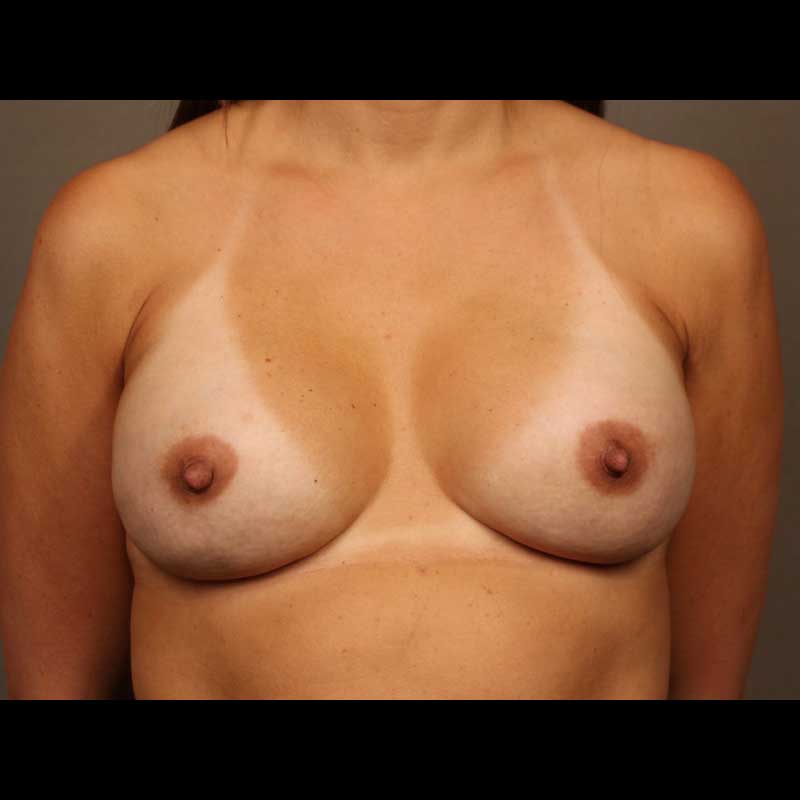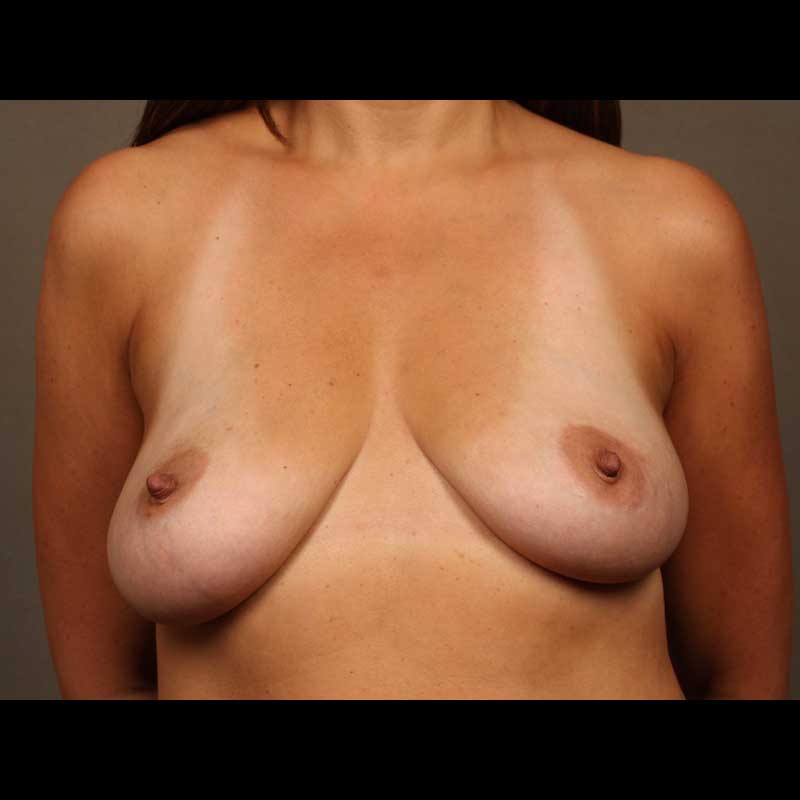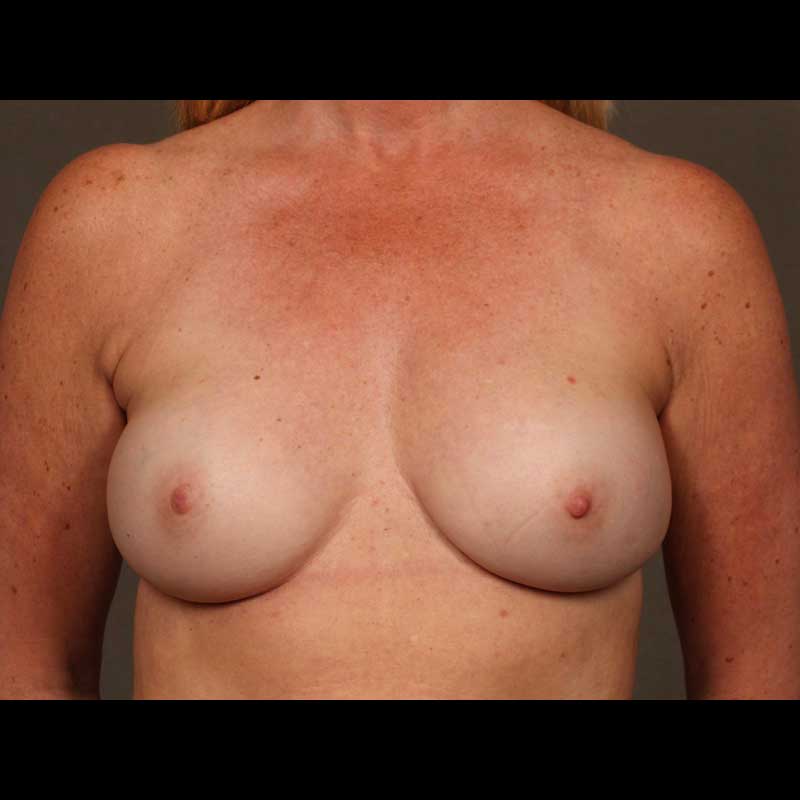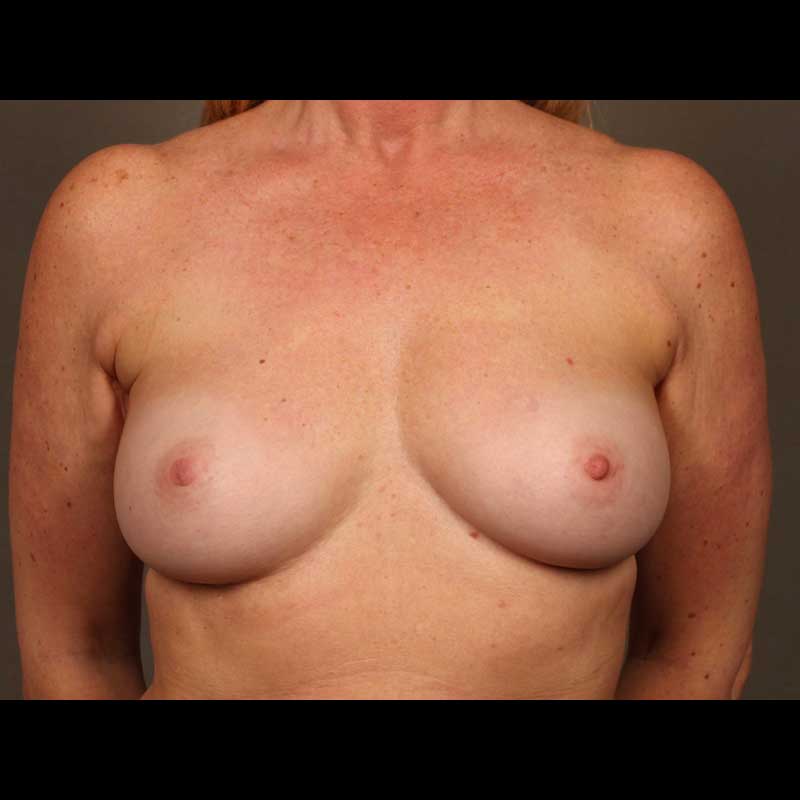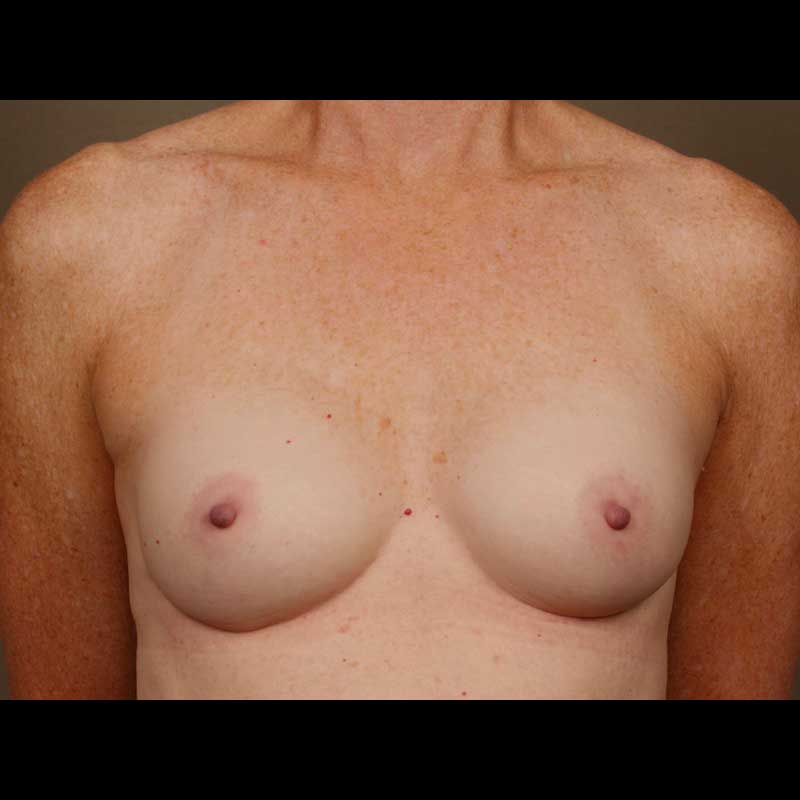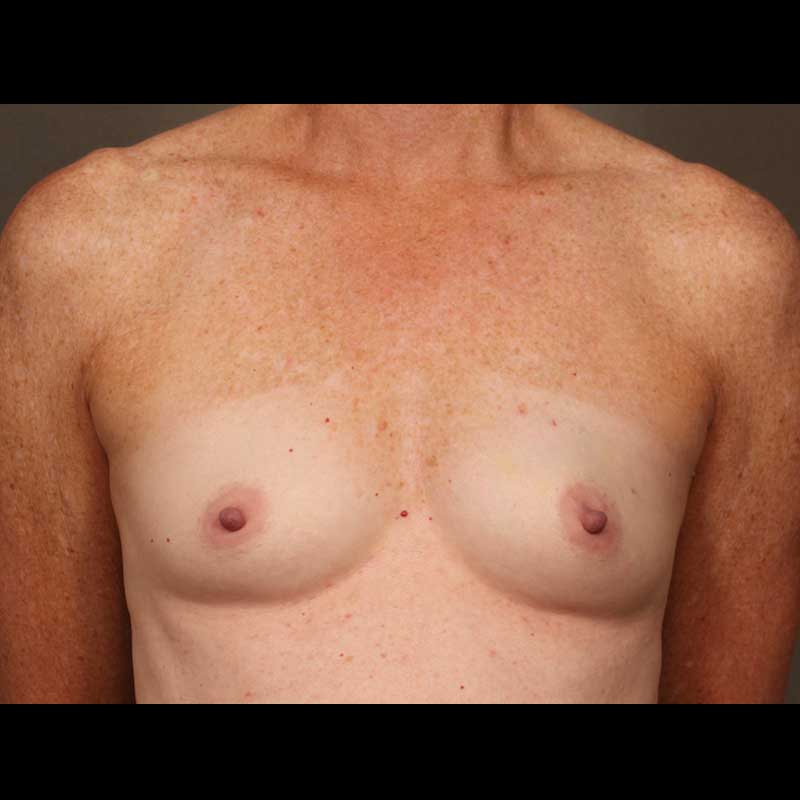Summary
After mastectomy, an implant can be placed under the muscle (subpectoral position, UTM) or over the muscle (prepectoral position, OTM). Placing the implant on top of the pectoralis allows the muscle to remain in its natural position and decreases postoperative pain. Prepectoral implant placement helps patients avoid implant animation, a type of deformity that can happen to implants positioned beneath the pectoralis when the muscle contracts during normal activity.
The team of surgeons at NYBRA Plastic Surgery was among the first in the nation to offer prepectoral breast reconstruction. Our surgeons have found that prepectoral implant placement provides both easier post-surgical recovery and more natural final breast reconstruction for the right patients.
Types of procedures
- Prepectoral tissue expander: In the first stage of a tissue expander implant breast reconstruction, the tissue expander is covered with biologic tissue matrix and placed in a prepectoral position.
- Prepectoral direct-to-implant: Immediately following mastectomy, the implant is placed in the prepectoral position, supported with biologic tissue matrix.
Procedure details
- Breast skin quality is assessed immediately following mastectomy
- Prepectoral reconstruction is an option for patients with healthy skin and adequate blood supply
- Tissue expander or implant is placed on top of the muscle and covered with biologic tissue matrix for support
- If a tissue expander is used, the final implant is placed in a second stage procedure
Risks & Benefits
Since the implant is not covered with muscle, the implant edge may be more apparent, and breast skin rippling related to the implant may be more visible. The newer generation of more cohesive breast implants can help minimize these problems. Implant related problems can also be corrected with secondary outpatient revision procedures, such as fat grafting.
The benefits of prepectoral reconstruction outweigh its potential drawbacks for most patients. Since the implant is in a more natural position in front of the pectoralis muscle, recovery is usually easier and less painful than with subpectoral breast reconstruction. More important is that there is no animation of the breast implants after surgery. This allows for a more natural-looking, comfortable breast reconstruction.
Frequently Asked Questions
I already had mastectomies and breast reconstruction with subpectoral implants. I have tightness and discomfort which is worse when I move my chest muscles. Can this be fixed?
Yes. We can correct tightness and discomfort related to subpectoral breast implants by removing the implants, reattaching the pectoralis muscles to the chest, and replacing the implants in the prepectoral position on top of the muscles, supported with biologic tissue matrix. Our surgeons routinely perform outpatient prepectoral conversion procedures where subpectoral implants are repositioned into the prepectoral space.
If I need radiation after surgery, will it be a problem that my breast reconstruction was done with prepectoral implants?
You can undergo radiation with prepectoral implant breast reconstruction. In fact, a prepectoral position can be more compatible with radiation than a subpectoral implant placement: radiation causes the pectoralis muscle to contract and shorten, which can pull the implant into a higher and asymmetric position in patients with subpectoral reconstruction. Placing the implant on top of the muscle can minimize or avoid this potential distortion. However, radiation can still cause changes to the reconstructed breast which may benefit from fat grafting, or in more difficult cases, may require conversion to a flap reconstruction.
